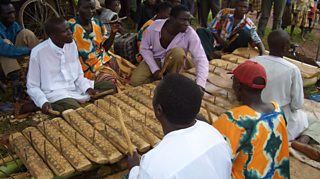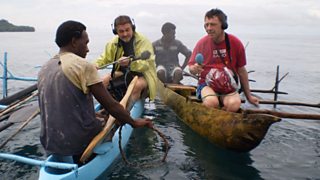David Attenborough's global mixtape
It's not well known, but while searching for Komodo dragons and birds-of-paradise for his Natural History programmes, Sir David Attenborough recorded the musical performances of the people he encountered. From Gamelan orchestras in Bali, Fijian chants to attract turtles from the depths of the ocean, Aboriginal didgeridoo recitals, to the singing that encouraged boys to bungee jump with only vines attached to their ankles – Attenborough tells the stories of the recordings that have lain in the BBC's vaults for nearly 60 years.

David Attenborough's global mixtape
Sir David introduces four of his own recordings of music from around the world.
In search of birds-of-paradise
While searching for birds-of-paradise native to New Guinea, Attenborough learned that the creatures had been overhunted for their plumes which were used in ceremonial headdresses and as a form of intertribal currency. In order to capture footage of these birds in the wild, he had to travel to a more remote and sparsely-populated valley where travellers were liable to be ambushed, and therefore required an armed escort.
Accompanied by an armed police officer and 100 Waghi porters to help carry all the supplies and gear that were needed to sustain the expedition, Attenborough recorded the caravan of men singing as they all trekked in search of the exotic bird.
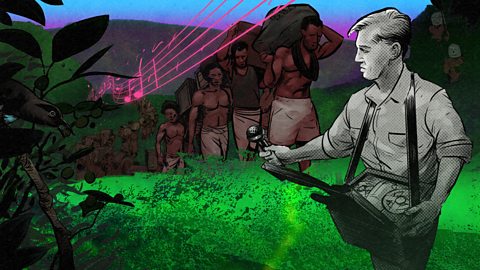
A singing caravan of Waghi tribesmen
Attenborough explains the help he needed to transport equipment to find birds-of-paradise
While I was theoretically looking for pythons, in the evenings I would record different types of music…
The battle between a tape recorder and a balange
During his first expedition to Sierra Leone in search of a Bald-headed Rock Crow, Attenborough encountered a player of a xylophone-like instrument called a balange. He recorded the musician’s performance and on playing back the sound on the equipment’s small speaker, the performer was blown away by the recording of the dazzling scales and rapid notes he heard.
Stone Age bungee jumping
Recording the chants of villagers as they enticed adolescents to jump from bamboo scaffolding, Attenborough recalls the faith young men put into the vine lianas wrapped around their feet, and the ingenious lengths to which the community went when building a collapsible tower that would break their fall.
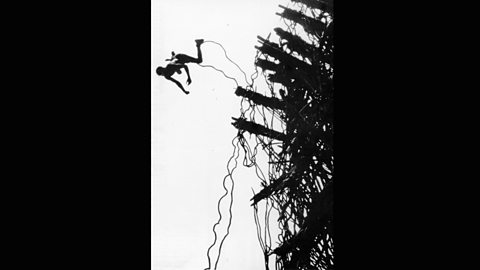
"Like a Stone Age version of bungee jumping..."
David Attenborough describes the land diving ceremony he recorded in the New Hebrides.
Harps and armadillos
When riding through the Paraguayan pampas on horseback in search of armadillos the size of wheelbarrows, Attenborough rested for the night at a small farmstead in a village outside the capital, Asuncion, where he encountered Eladio Martinez and his orchestra of harps, guitars, and double-bass.
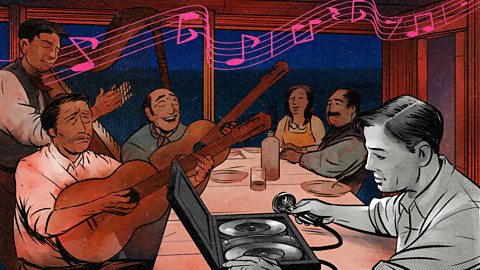
Encountering harps while searching for armadillos
The unlikely field recordings David Attenborough captured in Paraguay
Turtle calling
While on location in Fiji, Attenborough learned of a local priest who could entice sea life from the depths of the amethyst ocean surrounding the island by using a specific form of chant. A sceptical Sir David recorded proceedings from a cliff top...
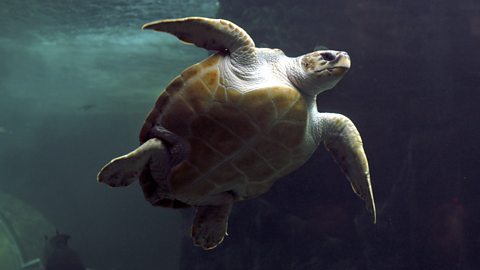
Summoning turtles and great white sharks from the ocean's depths with song
Another unlikely field recording, captured in Fiji by David Attenborough.
Rites of passage in the Top End of Australia
Camped in Maningrida while capturing footage of Antipodean wildlife, Attenborough befriended a very accomplished Aboriginal artist called Magani who agreed to show Sir David something of the "business" he performed when preparing for a religious ceremony in honour of the great spirit ancestors of the Dreamtime – a pantheon of deities among which the great serpent spirit Yurlunggur resided.
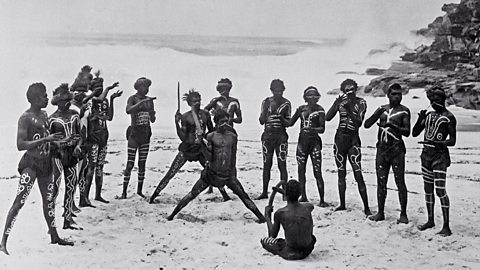
Invoking the great serpent spirit, Yurlunggur, with a didgeridoo
A field recording made by David Attenborough in Australia.
Returning to the field
After a decade in the field spent filming animals in their natural habitats, Sir David was fascinated by the musical expressions of the people he encountered en route and embarked on a postgraduate degree in Social Anthropology. He had to put those plans on hold, though, when he was put in charge of the new BBC Two television channel.
By the time Attenborough was able to return to full-time programme-making in 1973, the world had changed. Previously isolated from much of Western society's influence, the communities Sir David had originally encountered found their ways of life increasingly encroached upon, and he assumed the performances he'd been fortunate to witness were lost in the BBC's labyrinthine archives. On hearing the recordings, though, Sir David says he found himself transported straight back to the environments in which he'd been lucky enough to chronicle musical performances while looking for exotic animals to film.
-
![]()
David Attenborough's global mixtape
Sir David introduces four tracks from a new album of his world music recordings.


